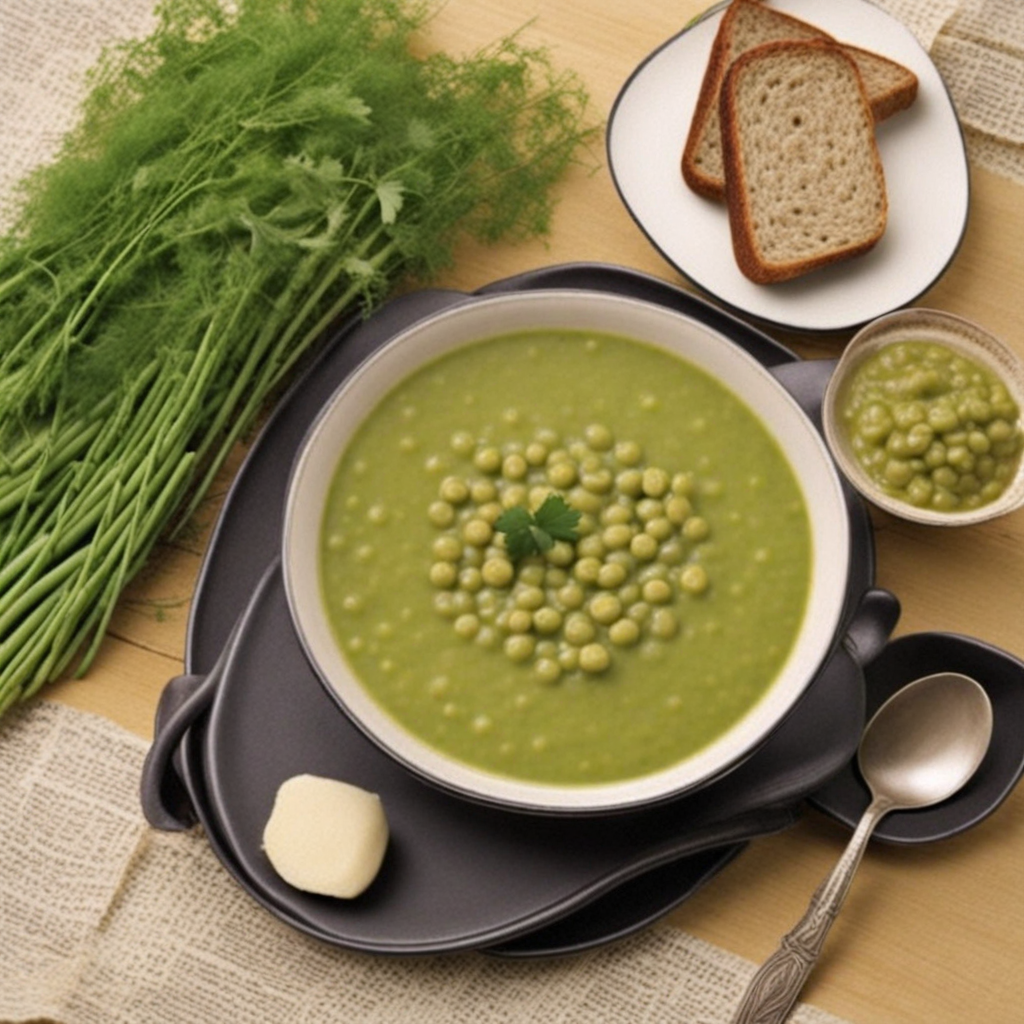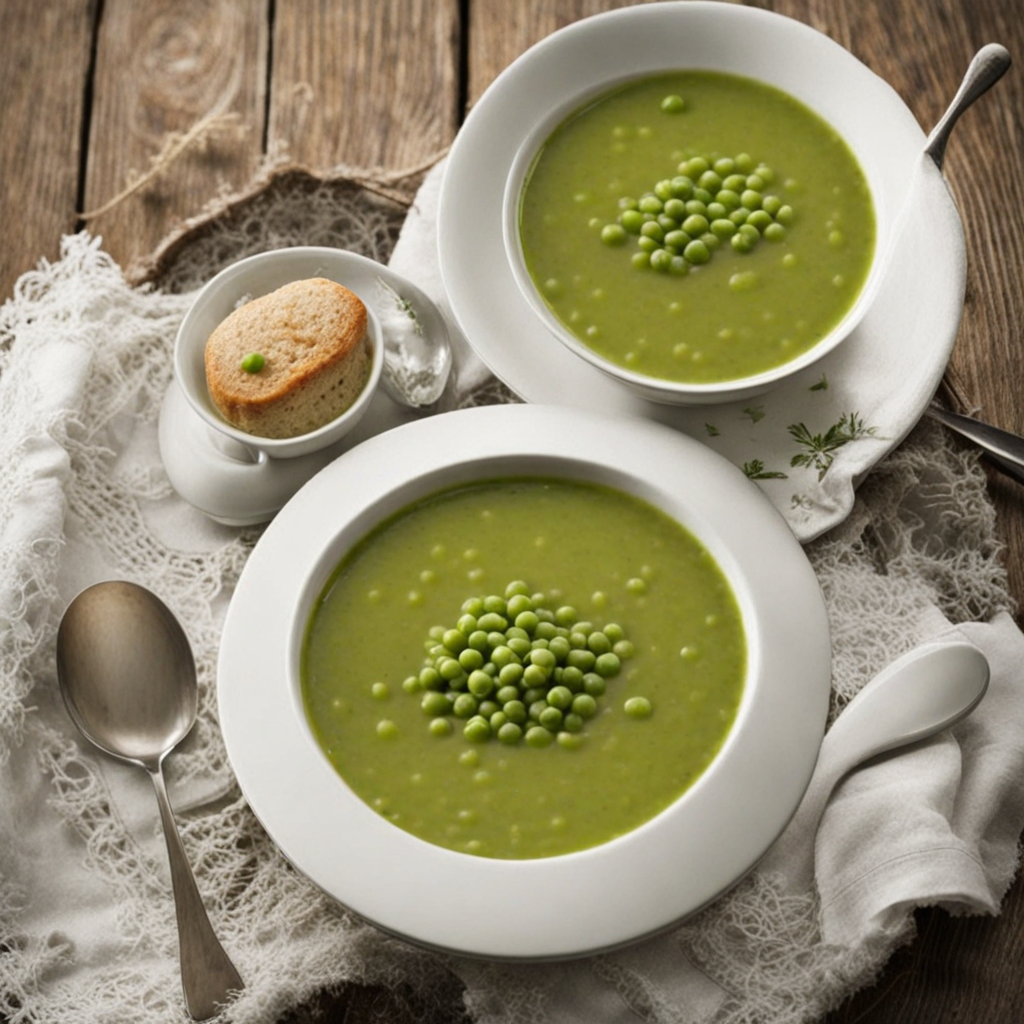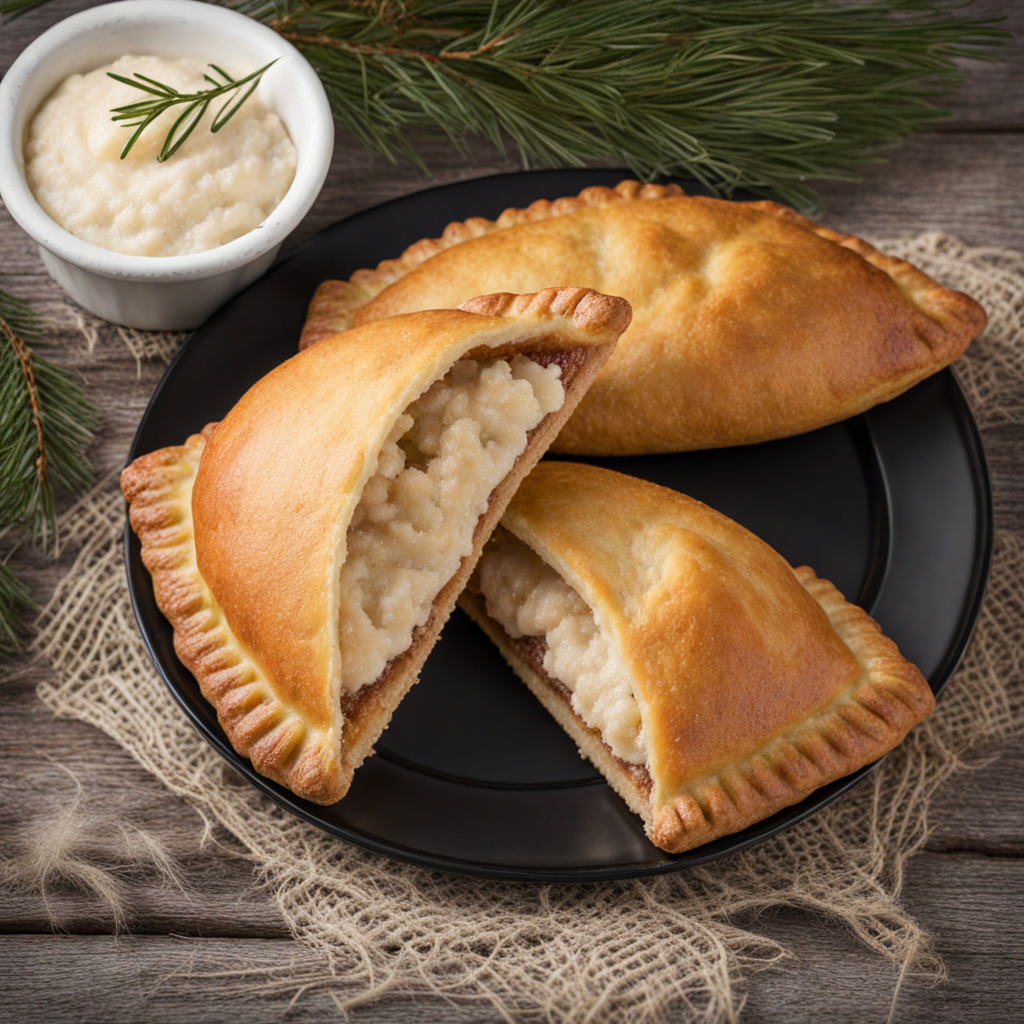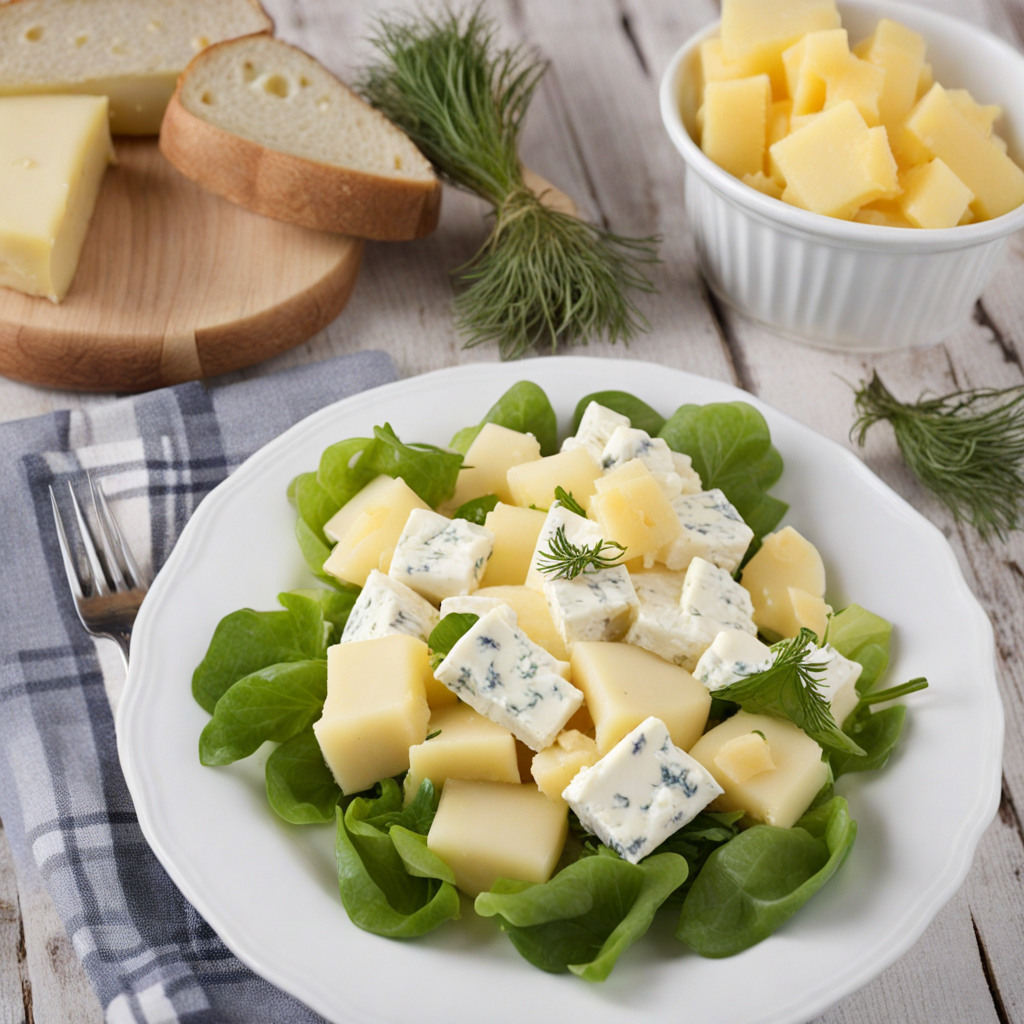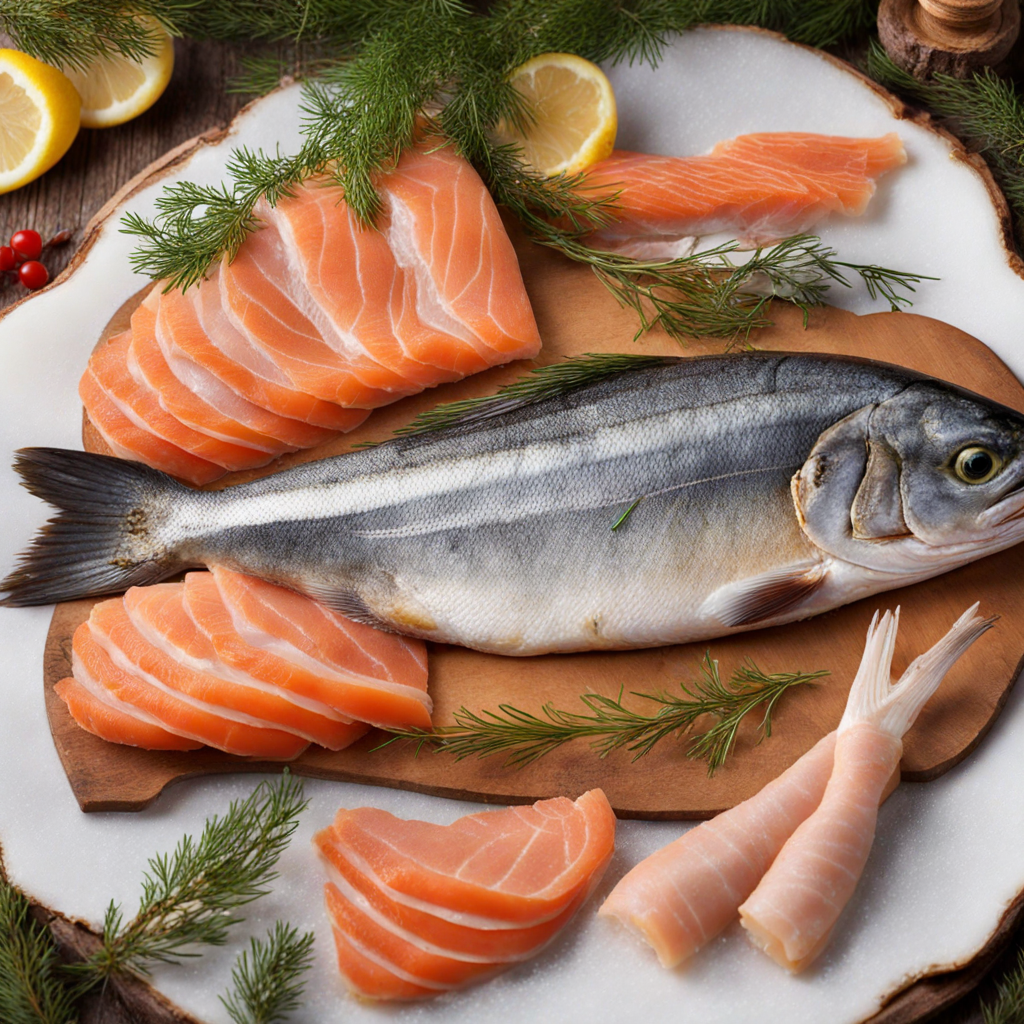Pea Soup
Pea soup, or "hernekeitto" in Finnish, is a traditional dish that embodies the rustic charm of Finnish cuisine. This hearty soup is predominantly made from green peas, which are simmered to a tender consistency. The base typically includes sautéed onions and sometimes carrots, adding sweetness and depth to the flavor profile. The vibrant green color of the soup is visually appealing, evoking the lush landscapes of Finland, while its aroma is inviting, reminiscent of a cozy cabin in the woods after a long day outdoors. The preparation of Finnish pea soup often involves a slow cooking process, allowing the flavors to meld together beautifully. A hallmark of this dish is the inclusion of smoked ham or pork, which enriches the soup with a savory, smoky essence that complements the natural sweetness of the peas. Some variations may also use a splash of vinegar or mustard to add a slight tang, enhancing the overall taste experience. Served hot and typically accompanied by a dollop of mustard on the side, this dish is perfect for warming up during the colder months. Pea soup is not just a meal; it is a cultural experience in Finland. Traditionally, it is served on Thursdays, often followed by pancakes for dessert on the same day, making it a beloved weekly ritual. This dish is not only nourishing but also evokes a sense of nostalgia, connecting people to their heritage and the simple joys of home-cooked meals. Whether enjoyed in a rustic cabin or a modern kitchen, Finnish pea soup is a delightful introduction to the comforting flavors of Finland.
How It Became This Dish
The History of Hernekeitto: A Finnish Culinary Tradition Hernekeitto, or Finnish pea soup, is a cherished dish in Finland, steeped in history and cultural significance. This hearty soup, made primarily from dried green peas, is more than just a meal; it is a symbol of Finnish resilience, community, and tradition. To understand the depth of Hernekeitto, we must explore its origins, the cultural practices surrounding it, and how it has evolved over time. #### Origins of Hernekeitto The roots of Hernekeitto can be traced back to the broader European tradition of consuming legumes. Dried peas have been cultivated for thousands of years, with evidence dating back to ancient civilizations, including the Greeks and Romans. In Finland, the cultivation of peas began around the late Middle Ages, aligning with the agricultural practices of the time. The harsh Finnish climate required crops that could withstand the cold, and peas became a staple due to their resilience and nutritional value. Historically, Hernekeitto was a practical dish for the Finnish people, particularly during the long winters when fresh vegetables were scarce. The peas were dried and preserved, allowing for sustenance throughout the colder months. The soup's simplicity—usually made with just peas, water, salt, and sometimes a bit of meat, such as pork—made it accessible to all social classes, from peasants to nobility. #### Cultural Significance Hernekeitto is more than just nourishment; it is a central component of Finnish culture. Traditionally, it is associated with Thursdays, a day when many Finnish households serve it as part of a longstanding custom. This practice dates back to the Reformation in the 16th century when Lutheranism began to influence Finnish society. The church encouraged fasting and simpler meals on Fridays, leading to the establishment of a hearty meal on Thursdays to prepare for the fast. In many Finnish towns, the weekly serving of Hernekeitto has transformed into a communal event. Local markets and eateries often feature the soup as a staple, drawing people together to share in the experience of a comforting meal. The dish is also linked to the celebration of Shrove Tuesday (Laskiaistiistai), marking the end of winter and the approach of Lent. On this day, it is common for families to enjoy Hernekeitto as a way to bid farewell to the cold season, reinforcing its role in the rhythm of life and celebration in Finland. #### Development Over Time As Finland has evolved, so too has Hernekeitto. In the early 20th century, during times of war and economic hardship, the dish gained a reputation for its affordability and sustenance. It became a staple in military rations and school lunches, symbolizing the endurance of the Finnish spirit. The recipe remained largely unchanged, serving as a reminder of the importance of frugality and resourcefulness in challenging times. In the post-war era, with the rise of urbanization and globalization, traditional Finnish cuisine, including Hernekeitto, began to face competition from international flavors and fast food. However, the 1980s and 1990s saw a resurgence of interest in traditional Finnish foods as a reaction against the homogenization of culinary practices. Chefs and home cooks alike began to rediscover and celebrate local ingredients and recipes, leading to a renaissance of Hernekeitto and other traditional dishes. Modern versions of Hernekeitto have begun to incorporate new flavors and ingredients, reflecting a fusion of culinary influences while still honoring the original. While the classic recipe remains a beloved staple, variations have emerged. Some chefs experiment with fresh herbs, spices, and even smoked meats, adding a contemporary twist to this age-old dish. #### Hernekeitto Today Today, Hernekeitto is a beloved staple found in homes, restaurants, and institutions across Finland. It embodies the spirit of Finnish cuisine: honest, straightforward, and deeply rooted in the land. Many Finns still hold dear the tradition of serving Hernekeitto on Thursdays, often accompanied by mustard and rye bread, which adds a layer of flavor and texture to the dish. Furthermore, the soup has gained recognition beyond Finland's borders. International culinary enthusiasts have discovered the charm of Hernekeitto, leading to its inclusion in various food festivals and cultural events that celebrate Finnish heritage. As more people seek to understand regional cuisines, Hernekeitto stands out as an example of how food can tell stories of history, community, and identity. In recent years, there has also been a growing emphasis on sustainability and local sourcing in food production. As this movement continues to gain momentum, Hernekeitto serves as an ideal representation of these values. The dish is primarily made from locally sourced ingredients, and its preparation can easily align with sustainable practices, making it a wholesome choice for environmentally conscious eaters. #### Conclusion Hernekeitto is more than just a bowl of peas; it is a testament to the Finnish way of life, reflecting centuries of tradition and resilience. Its origins rooted in necessity have transformed it into a beloved symbol of community and cultural identity. As Finland continues to embrace its culinary heritage while adapting to modern influences, Hernekeitto will undoubtedly remain a cherished dish that resonates with the past and looks towards the future. In every spoonful, there lies a history of survival, celebration, and a connection to the land and its people, making Hernekeitto not just food, but a vital part of Finland's soul.
You may like
Discover local flavors from Finland


